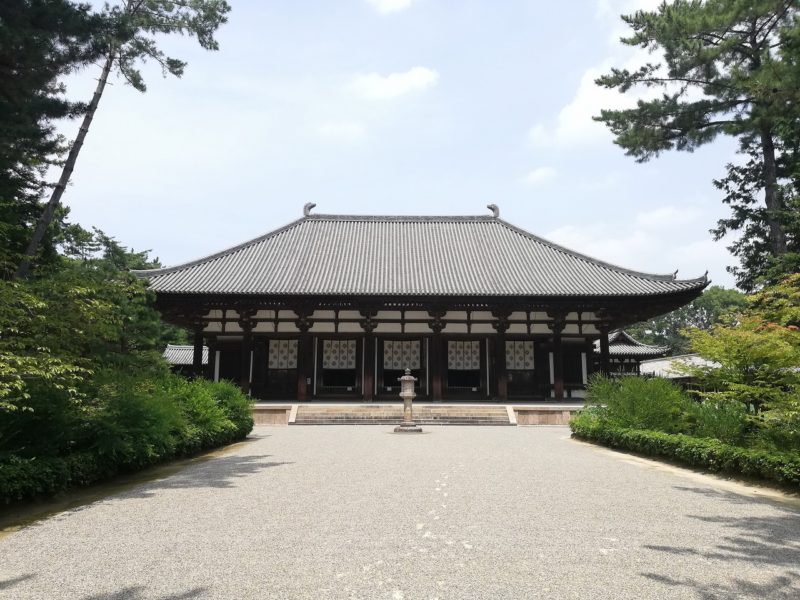
Nandaimon – Kondo
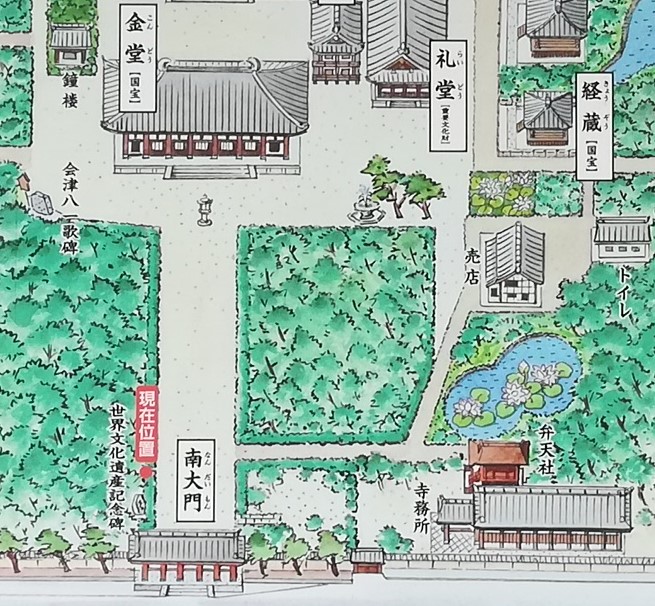
Entering the complex through the Nandaimon southern gate, straight approach leads to the elegant main hall.
Nandaimon(South Great Gate) 南大門
The Nandai-mon, 南大門 (Southern Great Gate) was rebuilt in 1963 to commemorate the 1200 – year anniversary of Abbot Ganjin’s death.
Jimusyo – Temple Office (寺務所) Benten Shrine(弁天社)
Lotus Flowers (蓮の花)
Kondo(金堂) – Golden Hall
Of all the ancient Nara temples, Toshodaiji has suffered very little from fire or other disasters, and thus many of its original buildings still survive.
“Kondo” (金堂- Golden Hall) – Main Hall, dates back to the 8th century. It is the only surviving example from the Nara period (710-794) and invaluable in the study of temple architecture. Its beautiful proportions of the row of its pillars are sometimes compared with the Parthenon in Athens.
Similarly, the Kodo Lecture Hall, previously a “state assembly hall(朝集殿)”, has survived intact and is the only extant example of the architecture of Heijo Palace.
The temple dates to 759 when it was founded by Ganjin, a Chinese priest from the Tang Dynasty, invited to Japan by Emperor Shomu to train priests and further propagate Buddhism in the country. His influence in the introduction of the religion was monumental and his teaching at Toshodaiji is considered an important part of that process.
Impressive outside and in, the hall houses several statues including a standing figure of the Kannon Bodhisattva, the goddess of mercy. Known as Senju Kannon, this sculpture has one thousand arms and is one of the nation’s oldest wooden Senju Kannon statues.
which is the greatest Tempyo Era structure (of the 8th century) remaining in Japan today, was built more than 1200 years ago.


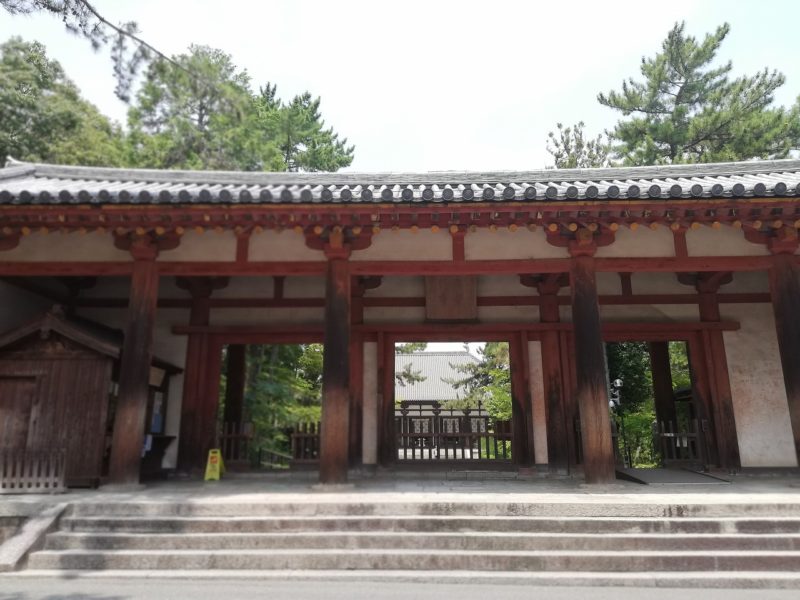
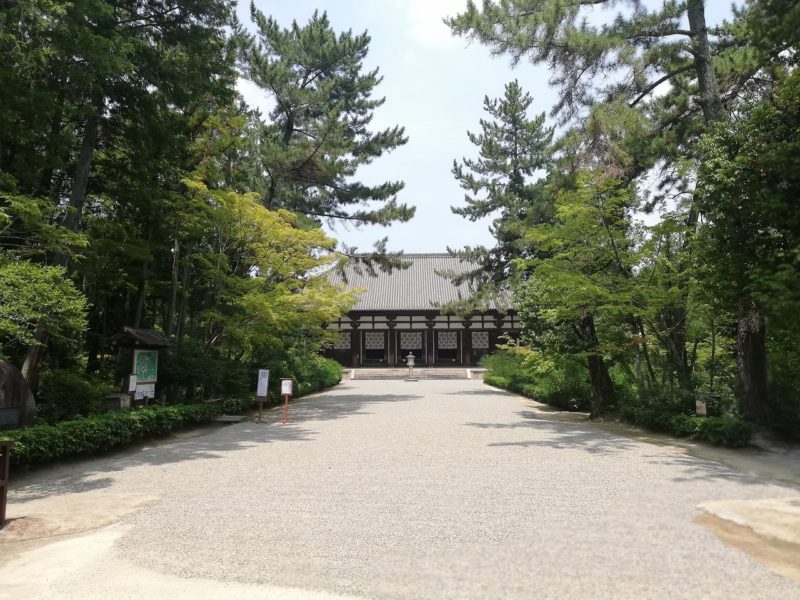
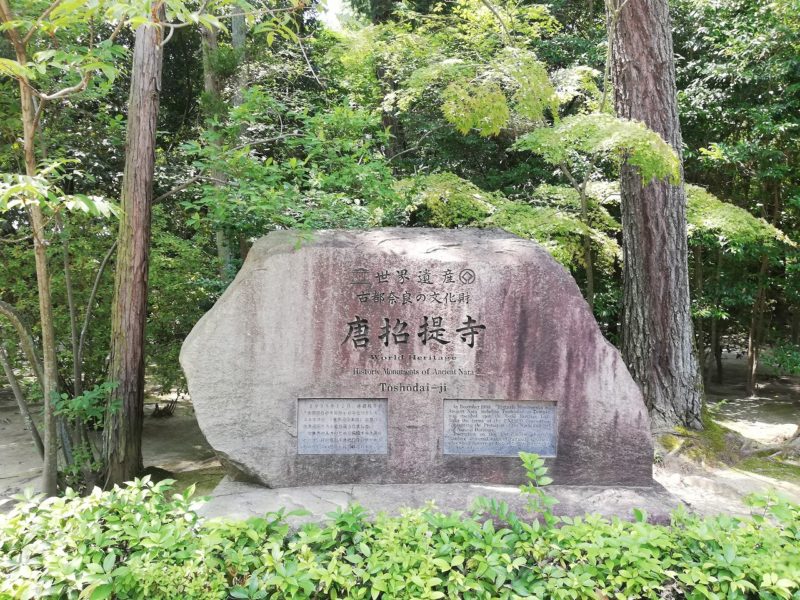
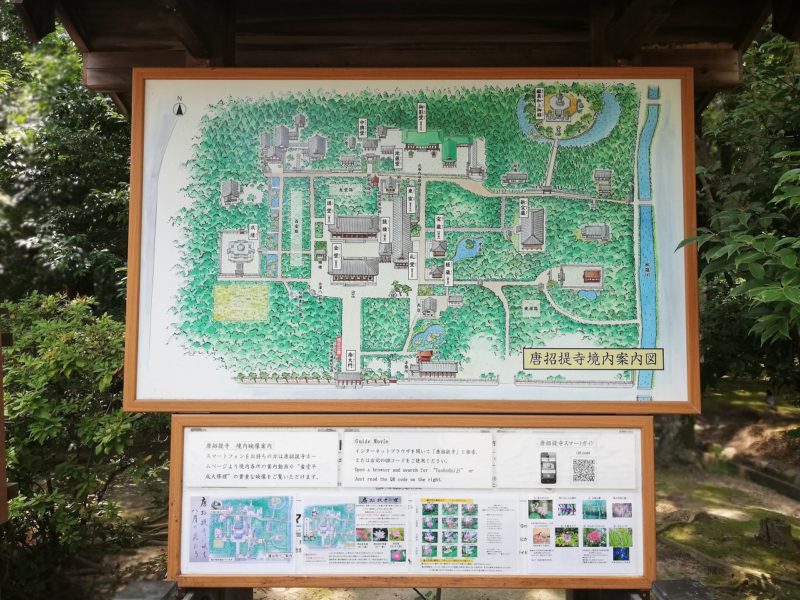
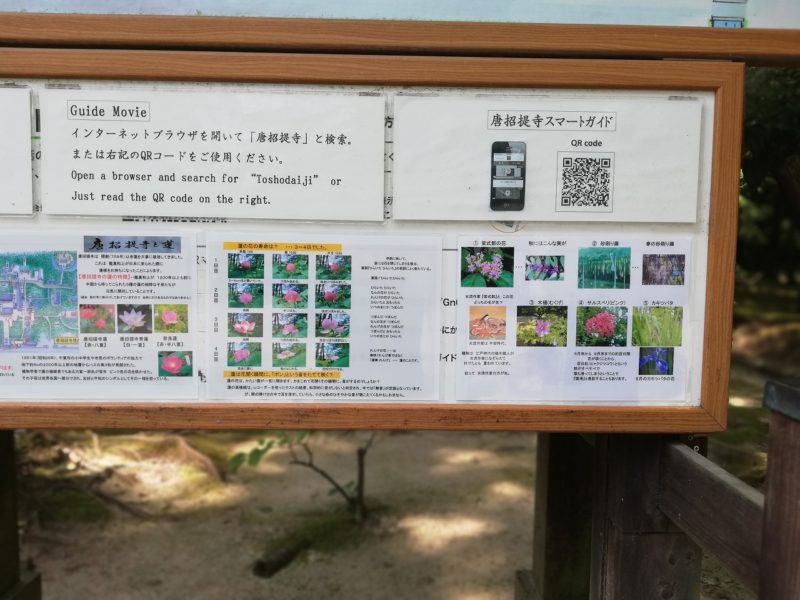
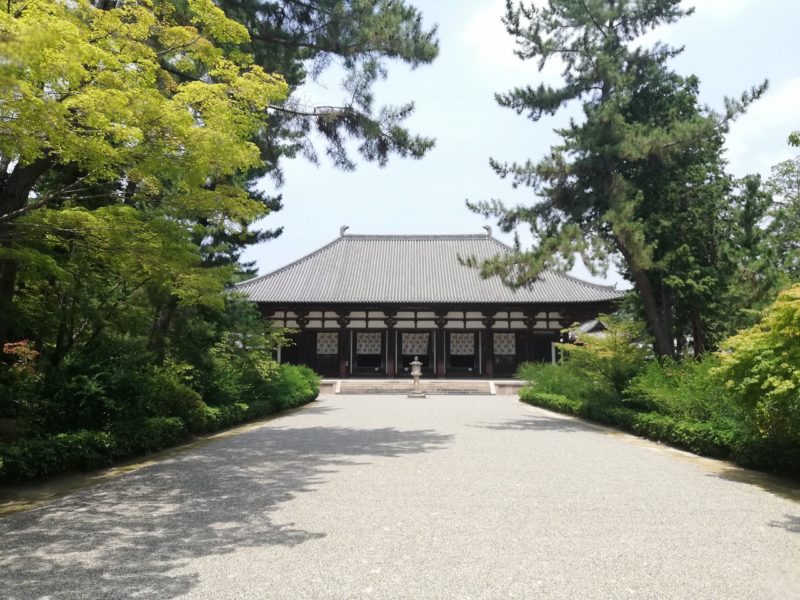
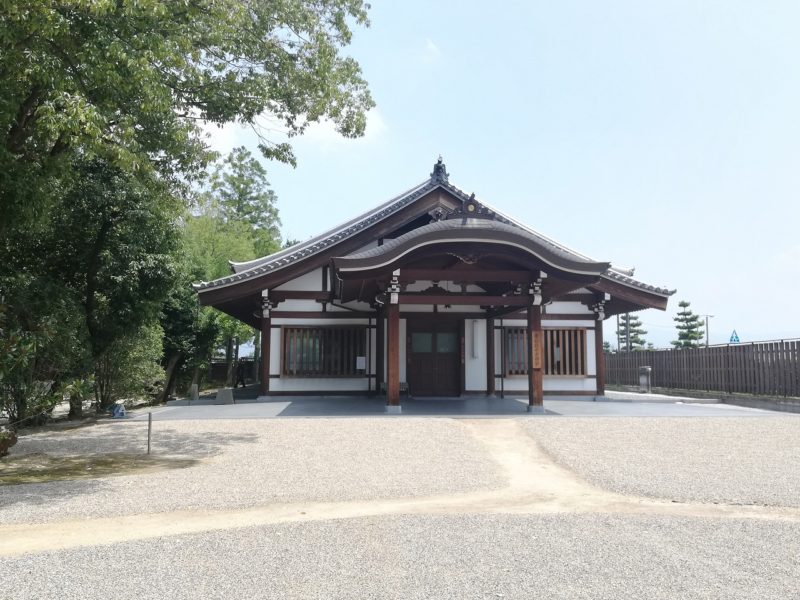
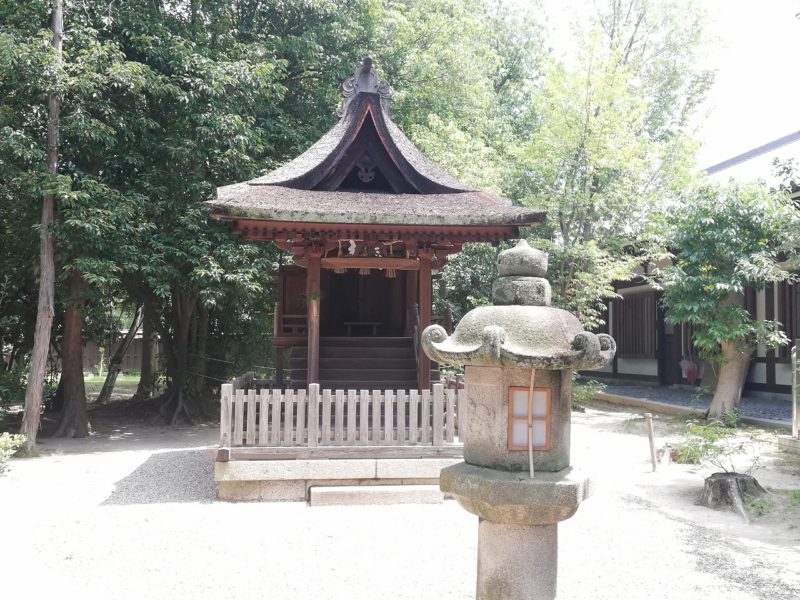
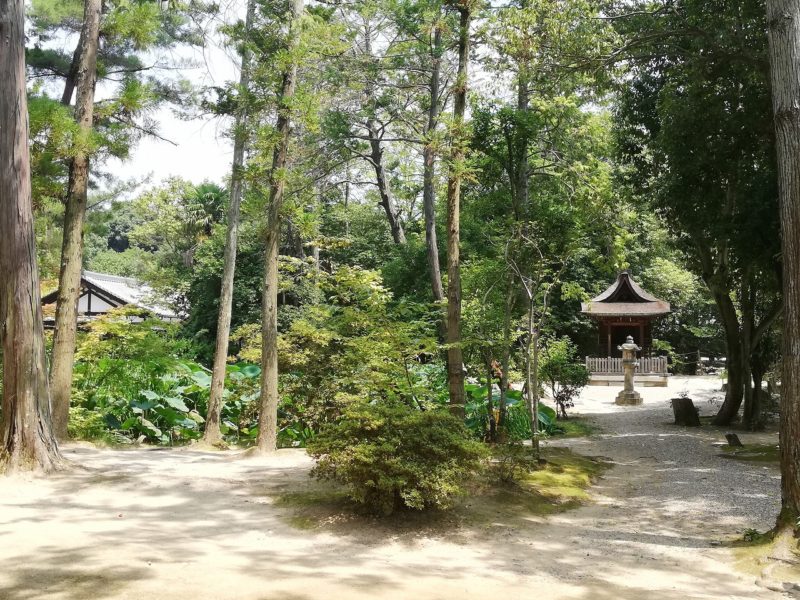
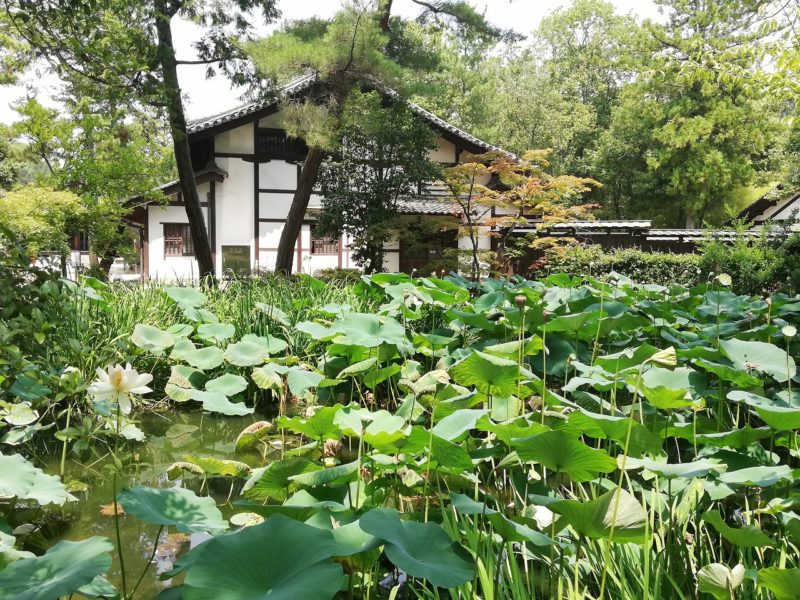
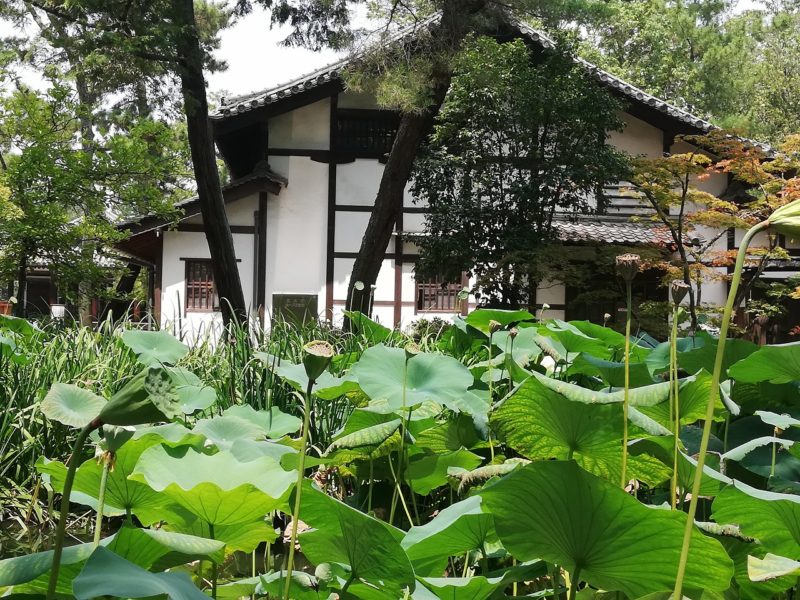
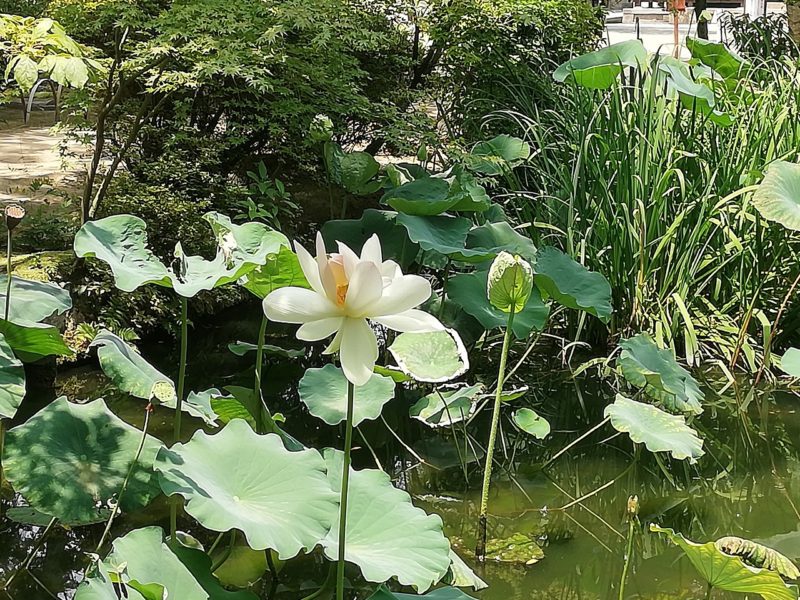
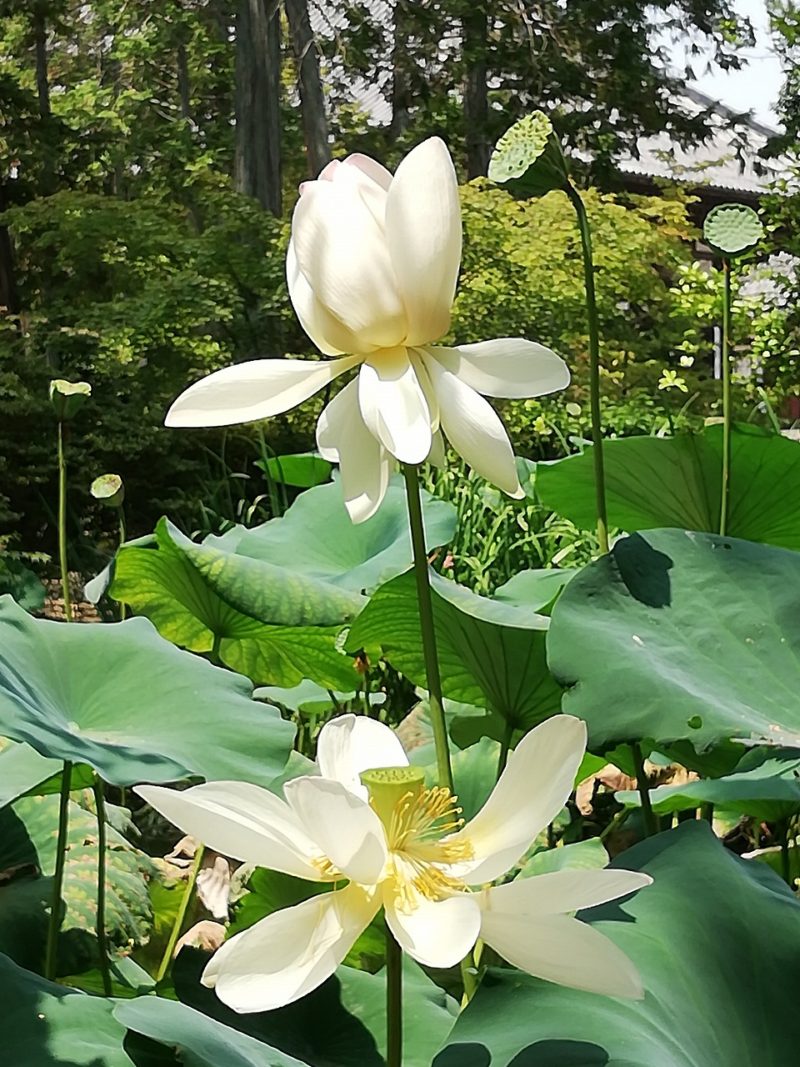
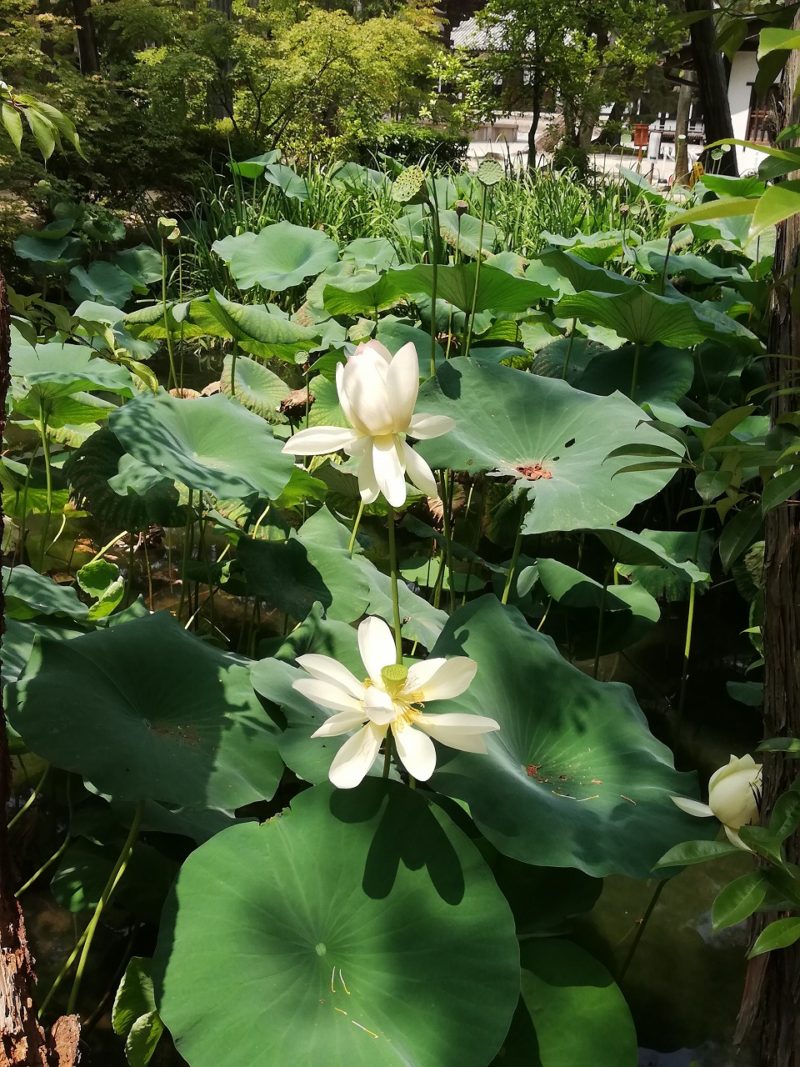
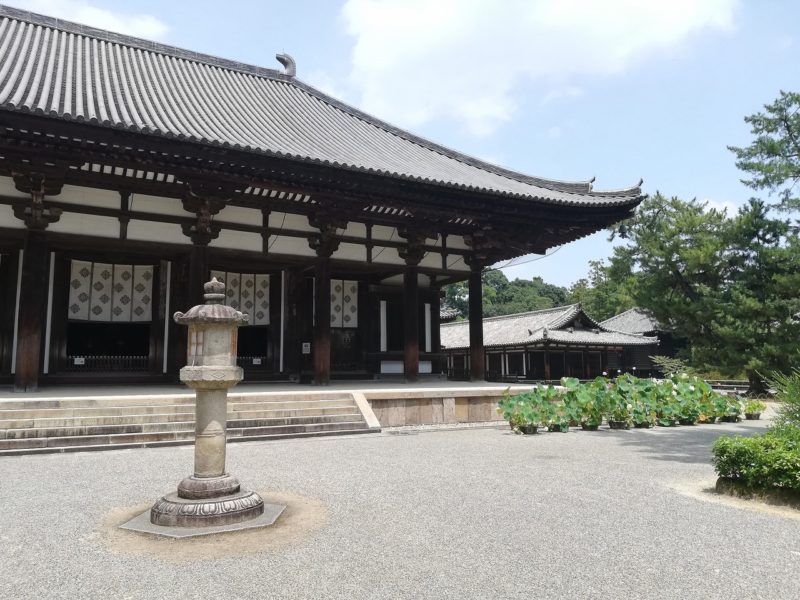
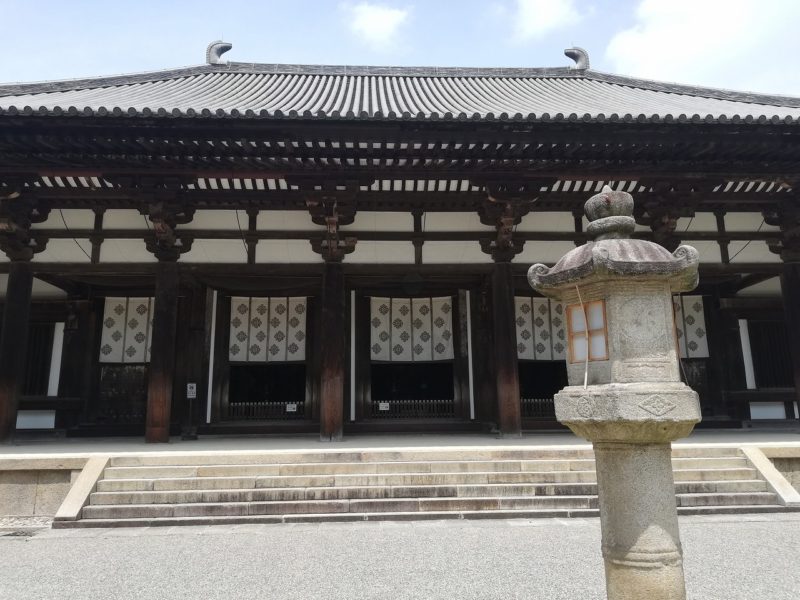
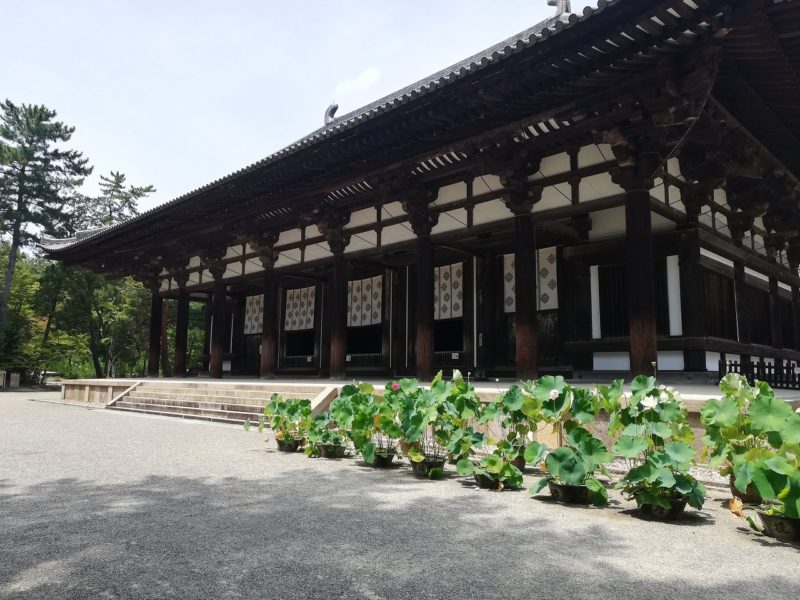
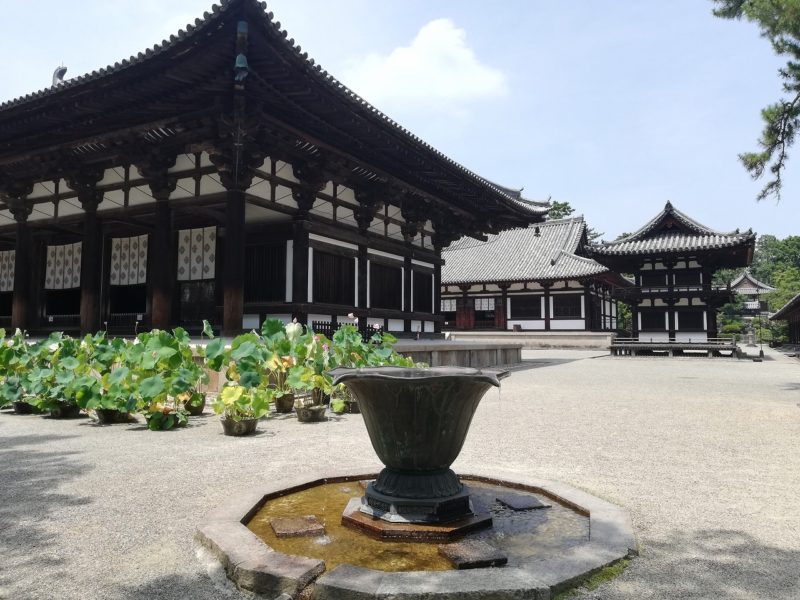
コメント